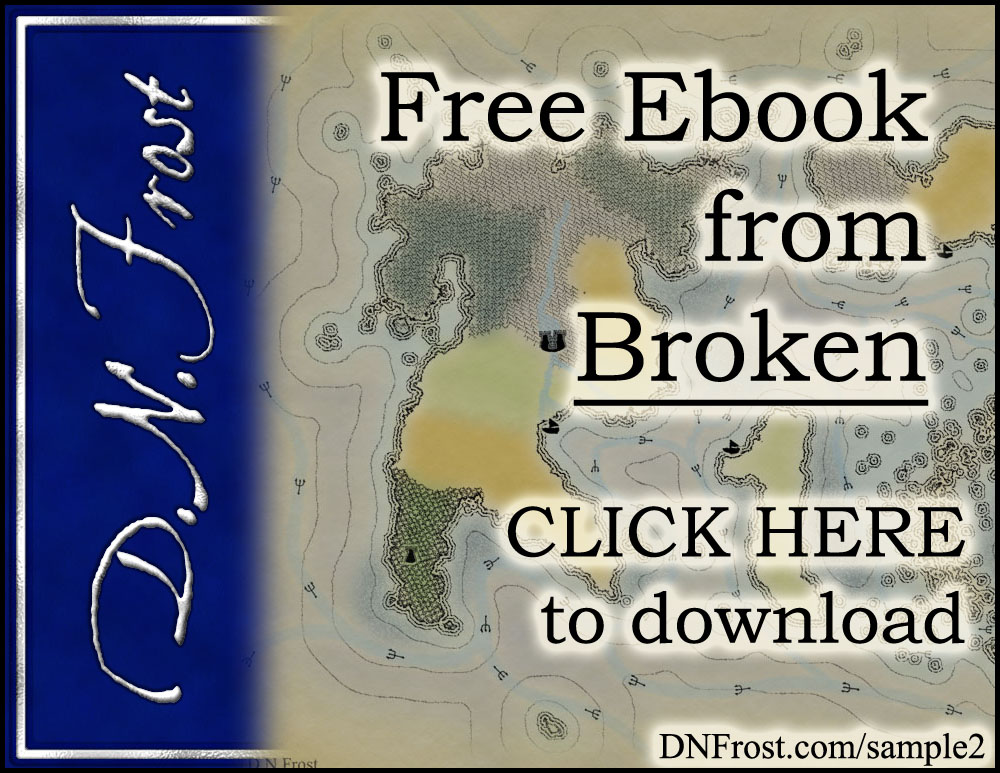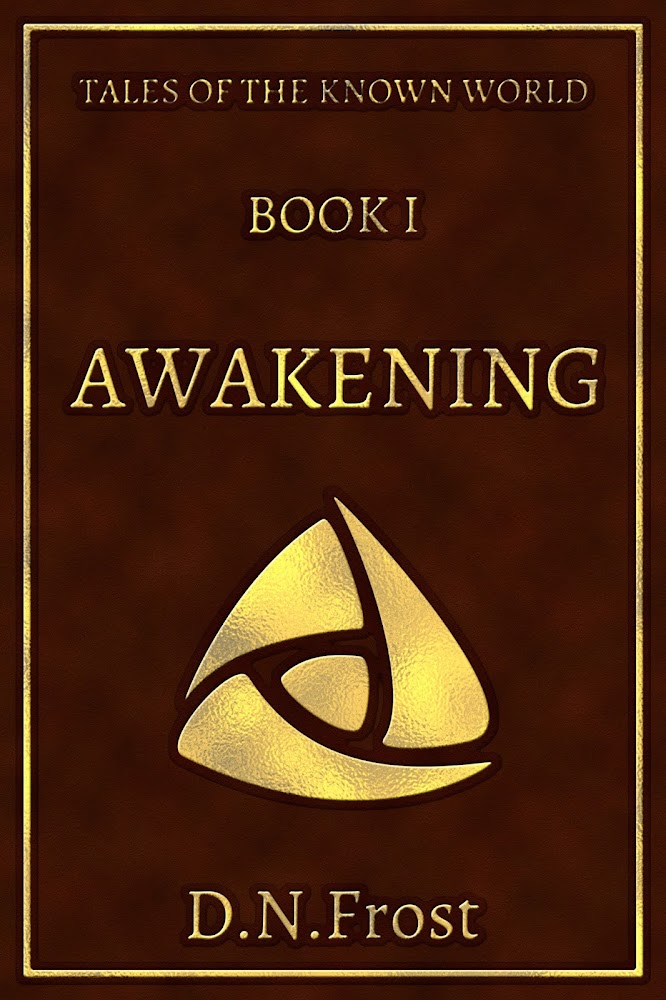This post is Part 2 of a series to augment the Magic of the Known World available for free download. Start with Part 1 here.
This and other mystic resources are gathered in my Magic Directory for you to explore.
Find more worldbuilding content in my Codex Directory.
The properties of magic from Part 1 of this series let scholars group all the different magics of the Known World into the Magic Codex, a functioning taxonomy of magic.
This post corresponds with Magic Codex Chapter 2 - Autonomy of Magic.
The inception and study properties determine the autonomy of a given magic.
Within the codex, the term autonomy is located at (2.0) and is defined as:
In my Tales of the Known World saga, the word autonomy refers to a preliminary classification of magic, which defines magics by their capacity to be learned and developed without the need for other magics or skills (as in, This magic's autonomy is basic).
Autonomy is determined by the facet of inception dealing with how a magic is accessed or discovered, as well as the facet of study dealing with the related skills or magics required for a magic's development.
The four types of autonomy are basic, advanced, skillset, and deep magic.
The Known World is rife with magic. Over time, scholars have compiled all these magics and magical effects into a comprehensive taxonomy. For more about the role and inner workings of magic, check out the complete Magic Codex above.
Within the codex, the term basic magic is located at (2.1) and is defined as:
The term basic magic is the autonomy for the most independent magics, which have no requirements for either discovery or improvement (as in, Everyone has some basic magic at his disposal, or, Children learn to wield their basic magics at a young age).
A basic magic can be accessed without prerequisites, as defined by its inception property. A basic magic also can be developed without relevant skills or magics, as defined by its study property. Only the basic magic itself matters as an individual discovers his ability and progresses towards mastery.
In the Magic Spell List, basic magics are denoted as Tier 1 spells.
Within the codex, the term advanced magic is located at (2.2) and is defined as:
The term advanced magic is the autonomy for magics that have no requirements for discovery, but whose improvement is reliant on underlying magics (as in, A basic magic must be developed before the advanced magic can improve).
Just like with basic magic, an advanced magic can be accessed without prerequisites, as defined by its inception property. However, an advanced magic cannot progress without the improvement of one or more related magics, as defined by its study property.
Quite often, advanced magics arise in young magic users, but these magics remain weak and difficult to practice until the basic magics that support them are developed. Some advanced magics even rely on other, earlier advanced magics for improvement.
In the Magic Spell List, advanced magics are denoted as Tier 2 spells or higher.
The Known World is rife with magic. Over time, scholars have compiled all these magics and magical effects into a comprehensive taxonomy. For more about the role and inner workings of magic, check out the complete Magic Codex above.
Within the codex, the term skillset magic is located at (2.3) and is defined as:
The term skillset magic is the autonomy for magics that require a non-magic skill or knowledge before discovery, and whose improvement is reliant on the development of that skill or knowledge (as in, Healing is a skillset magic that requires learning about the body).
A skillset magic cannot be discovered until a relevant skill is practiced first, as defined by its inception property. Similar to advanced magic, a skillset magic also cannot progress without the improvement of one or more related skills, as defined by its study property.
Also like advanced magic, high-level skillset magics are often accessible as soon as a magic user learns the necessary knowledge or skill. However, these magics remain weak and difficult to practice until the underlying magics that support them are developed.
In the Magic Spell List, skillset magics are denoted with Requires [spell name] or Requires understanding of + the underlying knowledge or skill.
Within the codex, the term deep magic is located at (2.4) and is defined as:
The term deep magic is the autonomy for magics that require knowledge of a secret language before they can be discovered, but that have no requirements for improvement (as in, Only a rosen knows the Ryunic to cast deep magic). Magics with this autonomy are considered arcana, described in Magic Codex Chapter 8.
Similar to skillset magic, deep magic cannot be discovered until the Ryunic language is learned first, as defined by its inception property. However, just like basic magic, deep magic can be developed without relevant skills or magics, as defined by its study property.
Because of the special language required, the Magic Spell List does not detail any spells for deep magic.
That's it for this post! Up Next: The three classes of magic...
For the complete Magic Codex, enter your email above.
This and other mystic resources are gathered in my Magic Directory for you to explore.
Find more worldbuilding content in my Codex Directory.
The properties of magic from Part 1 of this series let scholars group all the different magics of the Known World into the Magic Codex, a functioning taxonomy of magic.
This post corresponds with Magic Codex Chapter 2 - Autonomy of Magic.
The inception and study properties determine the autonomy of a given magic.
Check out the Magic of the Known World for more resources!
Within the codex, the term autonomy is located at (2.0) and is defined as:
autonomy (N) A classification that divides magics into one of four modes of independence from other magics and skills.
In my Tales of the Known World saga, the word autonomy refers to a preliminary classification of magic, which defines magics by their capacity to be learned and developed without the need for other magics or skills (as in, This magic's autonomy is basic).
Autonomy is determined by the facet of inception dealing with how a magic is accessed or discovered, as well as the facet of study dealing with the related skills or magics required for a magic's development.
The four types of autonomy are basic, advanced, skillset, and deep magic.
Download the complete Magic Codex:
The Known World is rife with magic. Over time, scholars have compiled all these magics and magical effects into a comprehensive taxonomy. For more about the role and inner workings of magic, check out the complete Magic Codex above.
Within the codex, the term basic magic is located at (2.1) and is defined as:
basic magic (N) A magic that is both accessed and developed independently of other skills and magics.
The term basic magic is the autonomy for the most independent magics, which have no requirements for either discovery or improvement (as in, Everyone has some basic magic at his disposal, or, Children learn to wield their basic magics at a young age).
A basic magic can be accessed without prerequisites, as defined by its inception property. A basic magic also can be developed without relevant skills or magics, as defined by its study property. Only the basic magic itself matters as an individual discovers his ability and progresses towards mastery.
In the Magic Spell List, basic magics are denoted as Tier 1 spells.
Check out the Magic of the Known World for more resources!
Within the codex, the term advanced magic is located at (2.2) and is defined as:
advanced magic (N) A magic that is accessed independently of other skills and magics, but whose development depends on the improvement of related magics.
The term advanced magic is the autonomy for magics that have no requirements for discovery, but whose improvement is reliant on underlying magics (as in, A basic magic must be developed before the advanced magic can improve).
Just like with basic magic, an advanced magic can be accessed without prerequisites, as defined by its inception property. However, an advanced magic cannot progress without the improvement of one or more related magics, as defined by its study property.
Quite often, advanced magics arise in young magic users, but these magics remain weak and difficult to practice until the basic magics that support them are developed. Some advanced magics even rely on other, earlier advanced magics for improvement.
In the Magic Spell List, advanced magics are denoted as Tier 2 spells or higher.
Download the complete Magic Codex:
The Known World is rife with magic. Over time, scholars have compiled all these magics and magical effects into a comprehensive taxonomy. For more about the role and inner workings of magic, check out the complete Magic Codex above.
Within the codex, the term skillset magic is located at (2.3) and is defined as:
skillset magic (N) A magic that is accessed within the practice of a related skill, and whose development depends on the improvement of that skill. Also: basic skillset, advanced skillset
The term skillset magic is the autonomy for magics that require a non-magic skill or knowledge before discovery, and whose improvement is reliant on the development of that skill or knowledge (as in, Healing is a skillset magic that requires learning about the body).
A skillset magic cannot be discovered until a relevant skill is practiced first, as defined by its inception property. Similar to advanced magic, a skillset magic also cannot progress without the improvement of one or more related skills, as defined by its study property.
Also like advanced magic, high-level skillset magics are often accessible as soon as a magic user learns the necessary knowledge or skill. However, these magics remain weak and difficult to practice until the underlying magics that support them are developed.
In the Magic Spell List, skillset magics are denoted with Requires [spell name] or Requires understanding of + the underlying knowledge or skill.
Check out the Magic of the Known World for more resources!
Within the codex, the term deep magic is located at (2.4) and is defined as:
deep magic (N) A magic that is accessed through the secret language Ryunic, and developed independently of other skills and magics.
The term deep magic is the autonomy for magics that require knowledge of a secret language before they can be discovered, but that have no requirements for improvement (as in, Only a rosen knows the Ryunic to cast deep magic). Magics with this autonomy are considered arcana, described in Magic Codex Chapter 8.
Similar to skillset magic, deep magic cannot be discovered until the Ryunic language is learned first, as defined by its inception property. However, just like basic magic, deep magic can be developed without relevant skills or magics, as defined by its study property.
Because of the special language required, the Magic Spell List does not detail any spells for deep magic.
That's it for this post! Up Next: The three classes of magic...
For the complete Magic Codex, enter your email above.
Liked this? Share, please!








